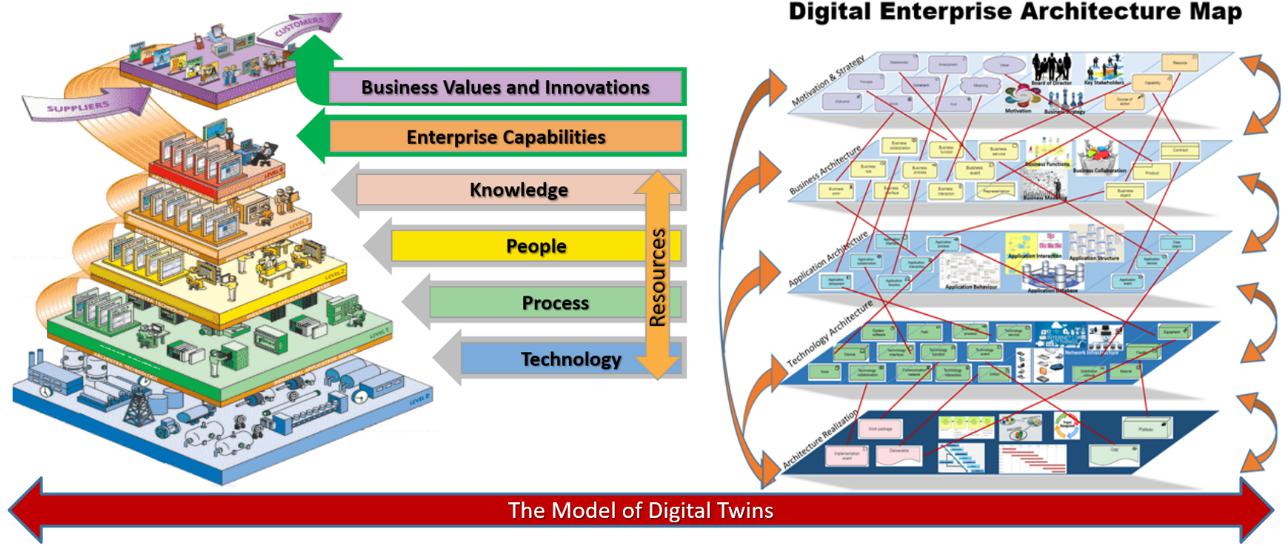The fact that coronavirus (COVID-19) pandemic has forced everyone in the world to rethink of a new daily routine. Our lives from work to entertainment has been restructured due to Movement Control Order, as such, we are forced to work from home so the spread of the virus can be limited. Digital tools are now inevitable to everyone who is trying to keep up with their workplace routine remotely and to be able to function effectively from home. Organisations that have already used to work with technology will be able to keep going, but at the same time they should re-strategise their operation processes, ensure collaboration within the workforce. During this downtime, digital transformation is no longer an option. Organisations who do not start embarking on the digital transformation journey now, they will run the risk of being disrupted and left behind.
Leverage Technology for Virtual Workforce
Without digital adoption during this difficult time, organisations would be struggled to fine-tune their business models and meet customer requirements. Digital tools have made work life easy as without technology, even short physical distances would be a challenge for teams’ collaboration and streamlining would be a problem. The ability to work virtually is a benefit that the employees will value but many organisations do not own the technology infrastructure structure to offer that capability. Organisations that align their business goals with their technology infrastructure can avoid rapid loss during the pandemic. A proper and careful planning for this drastic shift to a digital way of working has become the biggest challenge for most organisations and a digital transformation initiative through enterprise architecture framework can assist organisations to stay on top of trends and disruptions. Enterprise Architecture planning is key to the resilient business models to dodge unwanted disruptions.
Enterprise Architecture Strengthens Business Models

Figure 1: Enterprise Architecture Strategy
This might be a good period for accelerating the digital adoption timeline which will lead to drive business continuity. Although most organisations understand the need of digital transformation, many are overwhelmed by the idea of having to restructure the entire digital operation and fire-fight without knowing how to implement a transformation.
According to Gartner, “Companies need to leverage a systematic approach to strengthen the resilience of their current business models to ensure their ongoing operation during COVID-19. CIOs can play a key role in this process, since digital technologies and capabilities influence every aspect of business models.” (source:https://www.gartner.com/smarterwithgartner/create-a-resilient-business-model-in-the-face-of-covid-19/). Enterprise Architecture can assist in specific and cautious planning to guide organisations in the area of business and technology that can be leveraged to prepare for the impact that economic uncertainty may have. This process involves enterprise architects working together with CIOs in taking the approach to help their organisations ensure that its business model is as resilient to disruption, for example, identifying uncertainties, assessing the impact, designing changes and executing changes.
Digital Enterprise Architecture with Digital Enterprise Map is now a necessity

Figure 2: Model of Digital Twin through Enterprise Architecture
Digital adoption allows organisations to deliver extraordinary value to employees and end customers. For an effective and relevant EA establishment in driving digital business, the formation of the Digital Enterprise Map plays a critical role to assist in better understanding of the landscape in organisations that reflects business interdependency, interrelation and interconnectivity amongst various departments and divisions. Digital adoption does not have to be overwhelming. It is not something to check off a list, but with today’s situation, it is unavoidable as it will create and harvest business values in new digital ways.
Digital EA drives continuous digital transformation, it will improve operational efficiency while reducing risks from digital disruption including the post pandemic economy. It can also assist to stabilise the business operations and processes during this uncertain time. With the right Digital Enterprise Map, the creation of conceptualised current IT landscape and facilitate the digital adoption in driving innovations, business transformation, and developing new capabilities can be realised.
Re-adjusting Business and ICT Strategies
Even if the economic uncertainty impacted by the pandemic may not be long-lasting if the underlying cause is controlled quickly, it can be powerful enough to exit some businesses and lead to increasing in unemployment in this short period of time.
Organisations need to reconsider the Business Continuity Plan by re-adjusting their Business and ICT Strategies in the face of the pandemic. Determining the uncertainties that may affect the business goals, the management needs to take action on aligning the organisation around the priorities, and driving the ongoing execution process that will transform the organisation. It is also time for organisations look into upskilling all employees with the right digital skillsets to brace for the next wave of disruption. Adapting to new challenges with quick reactions and flexibility can help achieve business and technology alignment in speedy delivery and results.
About Aaron Tan Dani
Aaron Tan Dani, Chief Architect of ATD Solution, President of the Singapore Computer Society EA-Chapter and Founder and Chairman of Iasa Asia Pacific








